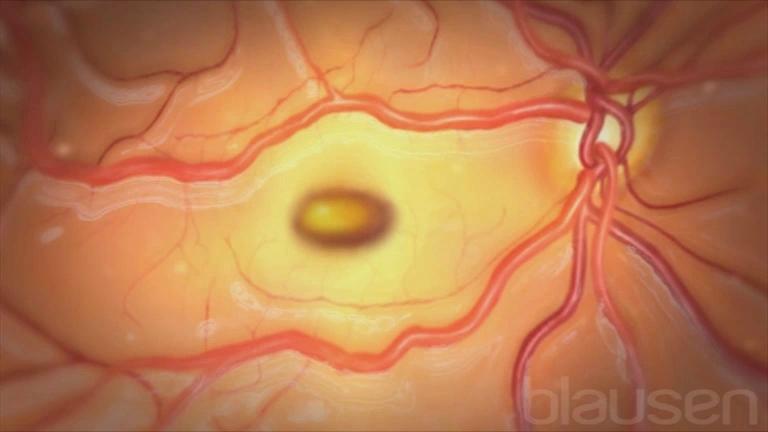
Macular Degeneration
Macular degeneration, commonly referred to as ARMD or age-related macular degeneration, is the leading cause of blindness in some countries.
During normal vision, light enters the eye through the cornea, then passes through the pupil and the lens, focusing at a small area on the retina at the back of the eye called the macula.
The macula is located in the center of the retina and provides us with detailed, straight-ahead vision. It allows us to see fine details, like facial features and fine print.
When the macula deteriorates because of aging, a breakdown of the delicate macular tissue occurs, and objects may become blurred, distorted, and lose their color. It is also possible to see a dark or empty area in the center of the visual field.
A variety of low-vision devices, including telescopic and microscopic lenses, can be prescribed depending on the severity of vision loss. Central vision that is damaged from macular degeneration cannot be restored but can be compensated for with these optical systems.